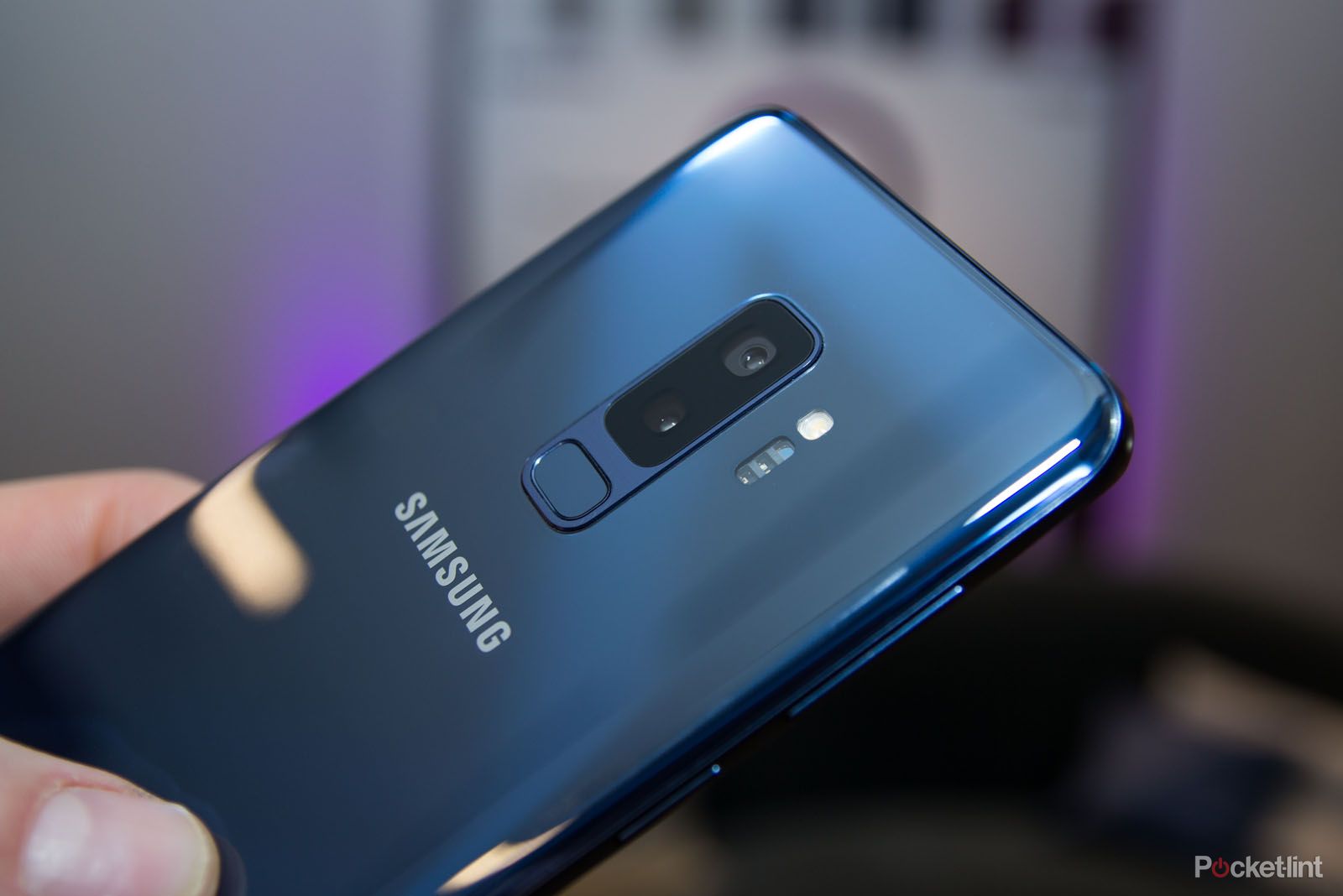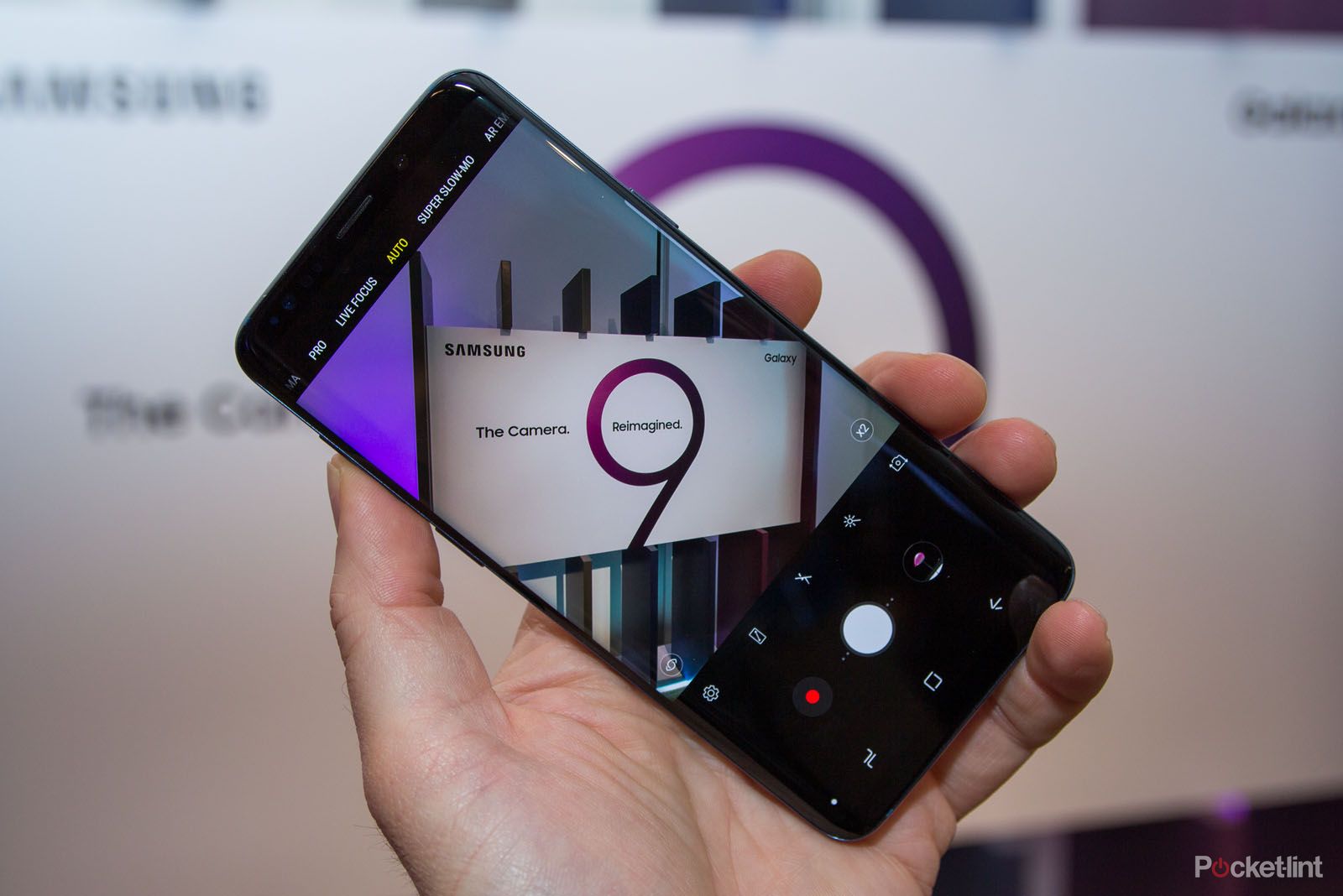Samsung made a big deal about the Galaxy S9 and S9+ camera system even before the phones were announced: "The Camera, Reimagined" was a bold tagline for something built into the back of a smartphone. It is the pedestal upon which Samsung has set its new smartphones.
Features like dual aperture, dual pixel, super slow-motion and optical image stabilisation all play a part. But what do they really mean, and how do they combine to create a mobile camera experience that's like to be market leading for 2018?
We have now fully reviewed the Samsung Galaxy S9 and Galaxy S9+, we've compared the cameras to phones like the iPhone 8, Galaxy Note 8 and the Pixel 2 and we're here to explain everything you need to know about the new Samsung phone camera.
Samsung Galaxy S9/S9+ camera specs
- 12MP 1/2.5in Dual Pixel stacked sensor
- OIS (optical image stabilisation)
- Dual aperture f/2.4-f/1.5 primary lens
- S9+ has secondary f/2.4 telephoto lens
The new S9 and S9+ feature a 1/2.5in Dual Pixel sensor. The crudest and least technical way to describe it is that it works similar to the human eyes. Using two angles to lock on to one object makes it easier to focus and keep focus. Its main benefit is that it allows the phone to focus very quickly and accurately.
Optical image stabilisation is exactly as it sounds. The cameras have a built-in mechanism that counteracts any movement or shaking in your hands when trying to take a photo. This means a lot less blur in your photos, especially when lighting conditions aren't good. In these instances, the camera will normally hold the shutter open a tiny bit longer, which pre-OIS, would mean excessive blurring. Both lenses on the S9+ benefit from OIS.
The big new additions to the Galaxy S9 camera come in two forms: firstly, the main camera now has a dual aperture which means you're able to switch between f/2.4 and f/1.5 depending on whether you're in daylight or low light. We'll explore this in more detail below, but it's unique to Samsung at the moment.
Secondly, although it's still a 12-megapixel sensor, the architecture has changed so it's now "stacked", with DRAM integrated. That enables the ability to shoot really high frame-rate slow motion video and gives more immediate processing power for the advanced functions.
As for the S9+ specifically, Samsung's larger phone is the only one of the two to have a secondary camera and this has one primary feature: zoom.
Samsung Galaxy S9 dual aperture camera explained: What can it do?
- f/1.5 for low light
- f/2.4 for normal lighting conditions
The big difference in the Samsung Galaxy S9 camera comes down to the mechanical aperture control. This gives the camera the ability to switch to the wide f/1.5 for low-light conditions, giving the sensor the advantage of more light, while in normal conditions it can shoot at f/2.4. Why does it need two apertures? Because it gives the camera greater diversity.
Big apertures are great (the smaller the number the bigger the aperture), but it comes with a downside and that's the depth of field in the resulting photo. Basically, the wider the aperture the shallower the depth of field. In some cases this is good, like a portrait, but in others it's bad, because you have less in focus on the photo. Offering f/2.4 means it can take a flatter photo in normal conditions with less slipping out of focus.
Here's an example of an f/1.5 image, taken on the Galaxy S9+ and you can see that the front bloom is in focus, while the rest blurs away. That's because of the wide f/1.5 aperture.
Previously Samsung offered a fixed aperture, so even in bright conditions, any photo you took that was close-up ran the risk of not all being in focus. That's the downside of big aperture photography.
So here's what's actually happening in the camera when the aperture change. Check out the video below and you'll see the aperture in the camera physically changing.
But the real advantage that the Galaxy S9 camera offers is increased low light performance as a result. The f/1.5 means more light to the sensor so it can take low light photos without having to boost the sensor's sensitivity - the ISO - which often brings noise or blotching into photos.
So the real advantage that the Galaxy S9 and Galaxy 9+ offer is boosted low-light photography. It can take photos in light conditions that are darker, at a lower ISO, giving you a photo that some devices won't. Here are a couple of shots showing Samsung Galaxy S9+ vs Samsung Galaxy Note 8 vs Google Pixel 2 XL cameras. Click through the photos and see the difference (all taken in auto mode).
Lots of things work for the Galaxy S9 camera in this situation: there's good control of ISO noise (ISO 1250 is used) and there's more light from the larger aperture, so the result is a better photo. The difference between the Galaxy S9+ and the Note 8 in this situation is minimal (although the S9+ is better), but the degradation in quality in the Google Pixel 2 XL is dramatic.
But what about that f/2.4 advantage? In good light the camera can revert to a smaller aperture, as we said above, enabling the camera to take a flatter image, with more in focus. Again, here's a comparison showing Samsung Galaxy S9+ vs Google Pixel 2 XL photos. Samsung flips to f/2.4 and you'll see the focus is deeper into the image, with more clarity in the subject overall (ignore the colour temperature difference, for now).
In a nutshell, that's what the dual aperture does and how it compares to rivals. In many cases, it's about boosting the low light performance, which it does well. But smartphone cameras are about more than just the hardware.
Samsung Galaxy S9+ vs Google Pixel 2 XL HDR photos
- Auto HDR offered on both
- Daylight photos reveals Samsung's weakness
Sticking to the Galaxy S9+ and the Google Pixel 2 XL, you can clearly see that the colour tuning is different. Side-by-side, Samsung's photos look a little yellow - they are warmer. It so follows that the Google Pixel 2 XL is rather cool. Personal preference plays a role here, some might like the warmer images produced by the Samsung phone, but the Pixel 2 definitely takes the edge when it comes to contrast and handling of HDR scenarios.
A lot of this comes down to processing of the image and as Google is always telling us, it can create better images thanks to machine learning and AI. Here's a couple of examples where we have the Galaxy S9+ is out-performed by the Pixel 2 XL, mostly, we suspect, down to better HDR handling in the Google phone.
In most cases you'll see that the Pixel 2 XL photos appear to have more detail, colours tend to be richer and the difference in the clouds in the sky is pretty huge. Again, personal preference will affect the tonality, but it's here that the Samsung Galaxy S9 slips a little and doesn't perform quite so well.
Samsung Galaxy S9+ zoom camera: Not always optical zoom
- 12-megapixel f/2.4 telephoto lens
- OIS
- Uses digital zoom in low light
As we've said, the Samsung Galaxy S9+ has a second telephoto camera on the back. This gives you 2x optical zoom when you tap the icon in the camera app - or does it?
One thing that's not said by Samsung is that the telephoto camera only works in good light. You won't see the difference in the app, because you can always tap that 2x button to get a zoomed view and take zoomed photos. However, in low light, the S9+ is actually using 2x digital zoom from the main camera.
How do we know this? Because if you cover the second lens when you're in low light, you can still get zoom and take the picture. Step into bright day light and the second lens is then used - again, cover the second lens in daylight and in the zoomed mode your view is then blocked. We've asked Samsung about this and are awaiting a response, but we suspect this is because the f/2.4 zoom won't work well in low light - just as Apple has found out. Apple does use the second lens in low light and the results are pretty poor.
Below is a couple of examples of the second lens in action to get closer to the subject.
So, if you want to use zoom, make sure you know what you're getting and when.
Samsung Galaxy S9 slow-motion
- Motion activated super slow-mo (960fps)
The other new feature enabled by the new camera system is the motion-activated super-slow motion. Like recent Sony Xperia phones, the Samsung Galaxy S9 can shoot at 960 frames-per-second. To break that down for those unsure of the term, that's essentially taking 960 shots every single second.
Understandably this isn't a shooting method that's sustainable over a long recording. In fact, Samsung only gives you a very short burst that's a fraction of a second (specifically 0.3 seconds). Timing is a little tricky, so Samsung enabled a motion detection setting option to automatically start capture.
Timing those super slow-mo shots is hard on the #galaxys9 (which added the action movie music...). Also, doesn't like low light pic.twitter.com/Yu4ixAdpTd
— Chris Hall (@christhall) March 9, 2018
When shooting super slow-motion on the S9 and S9+ you'll be able to set a specific target area within the viewfinder, and whenever the camera detects motion in this square, it starts the process of shooting the high frame rate footage.
But, it's hard to time it right and you really don't get long to capture the action. Additionally, it's poor in low light - as you can see in the example above shot indoors under normal kitchen lights. To further rub salt into the wound, Samsung only supports 720p resolution, while Sony has now stepped it up to 1080p on the Xperia XZ2.
What else can the Galaxy S9 camera do?
- New camera UI
- Pro mode
- Selfie options
- Wonderful panorama
The existing features pulled from the Note 8 are there on the Galaxy S9+ - like dual capture and the live focus options. There are also live focus options on the front camera (digitally created), as well as a pro mode for more direct control over individual settings, like aperture, ISO and shutter speed. Yes, that dual aperture camera can be manually controlled.
The new app makes things easier letting you swipe through shooting modes now, replacing the awkward swipe-in menu of before. You can also customise the shooting modes in the app (see our tips and tricks feature for instructions how) so if you don't want AR emoji in there, you don't have to have it.
The Pro mode will also let you capture DNG RAW files from the camera, although in truth, they might not be so useful - the camera is pretty good and turning them from a mess into a nice jpeg. Pro mode also gives you longer shooting options up to 10 seconds so you can take some better or more deliberate low light shots - if you have a tripod, of course. We've included a couple of examples below.
Want to know more?
We have a full Galaxy S9 review and a full Galaxy S9+ review if you want to know more. If you're interested in some of the other features offered, then dive into our tips and tricks feature - it's long, but packed full of details for those who want to get the best out of their phone.
If you're looking to buy, then the Samsung Galaxy S9 and S9+ is now available - we'd choose the S9+ - but be sure to check for the best Samsung Galaxy S9+ deals, however because it is expensive.



